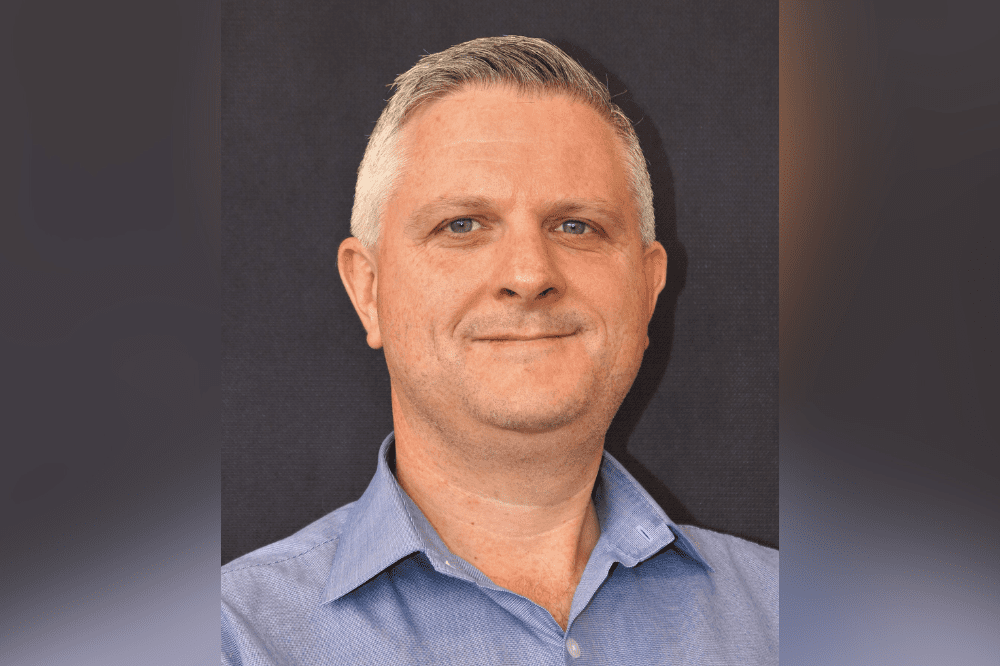Bushfires and how insurance for tree contractors is unaffordable

“For smaller operators, we have an affordability issue with insurance because the pricing for this starts at over $200,000, which is not affordable,” said Melbourne-based McKerchar, whose brokerage is a sponsor of Arboriculture Australia and provides insurance for some of its members.
According to Tudor’s website, the most common policies arborists opt for are public liability, professional indemnity (PI), and equipment/property and personal injury insurance.
Powerlines are a key issue
“One section of the arboriculture industry, which is the vegetation management that focuses on the vegetation around infrastructure, particularly power lines, has come under increasing pressure in the last few years,” said McKerchar.
Bushfire outbreaks linked to vegetation coming into contact with electricity lines have contributed to a steep rise in insurance premiums.
Read next: Bushfires could blow $20-billion hole into Australia’s economy
“There have been some well publicized incidents in Australia with bushfires that were caused by vegetation coming into contact with power lines,” said the Tudor MD.
Victoria’s regulator has filed charges against United Energy
The latest was playing out while IB interviewed McKerchar. On Tuesday, Victoria’s energy regulator, Energy Safe Victoria (ESV), announced the filing of 24 charges against United Energy. According to industry news media, the charges relate to the energy firm allowing trees to grow too close to powerlines in high bushfire risk areas.
“Major electricity companies should be on notice that ESV will take enforcement action, which may include prosecution, to ensure safety,” said ESV chairperson and commissioner, Marnie Williams.
According to news reports, the action was taken against United Energy because of the firm’s declining line clearance compliance over the past four years. Under the Electricity Safety Act 1998, in high bushfire risk areas, electricity companies are required to keep trees and vegetation at least 1.5m clear of powerlines on private and regional public land.
“In light of these issues, ESV expects United Energy to make changes to its existing line clearance management systems, ensuring it meets obligations keeping the community safe,” said Williams.
Read next: $18m bushfire settlement is fair, judge
Overseas, many years of increasingly damaging bushfires in California have only added to the coverage and risk pressures on stakeholders in this insurance space.
“There are other incidents overseas in America and in Europe,” said McKerchar, “with bushfires also being caused by vegetation coming into contact with powerlines.”
Arguably the most infamous involved power company Pacific Gas & Electric Co. (PG&E) in California. By 2019, following two years devastating fires that killed dozens of people, PG&E was reportedly exposed to US$30 billion in liabilities.
According to news reports, the so-called Camp Fire in November 2018, killed 85 people and is regarded as the deadliest and most destructive fire in California history. An investigation by the California Department of Forestry and Fire Protection (Cal Fire) found that the Camp Fire was caused by electrical transmission lines owned and operated by PG&E.
All of these fire and fire risk issues connected to powerlines, both locally and overseas, are having a severe impact on the insurance premiums paid by tree contractors.
Small tree contractors are paying the price
“The utilities companies and their major contractors are pushing the responsibility down the line to them [tree contractors],” said McKerchar. “Their job is to maintain and report on vegetation that needs to be managed around the power lines and, of course, if something does go wrong, the first thing they will try and do is push that down the line to the smaller operators.”
McKerchar said one solution to this insurance affordability issue is for the larger operators performing the tree pruning and vegetation clearing work, or even the utilities companies, to include the liability for these tree contractors within their bigger contract.
“So they can still get the work done [clearing the vegetation from around power lines], the contractors can still get paid and you’re still having an operation for the smaller operators, not just the large guys,” he said.
According to Tudor’s website, tree-contractors and arborists engage in a wide range of activities that expose them to risks including working at heights, near power assets or with heavy machinery.





